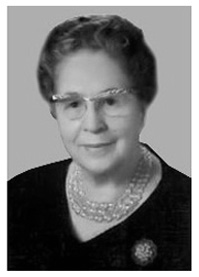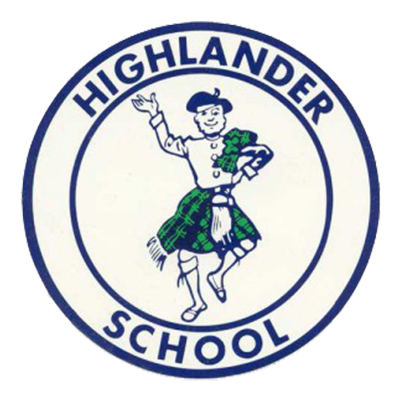Academics
The Carden Curriculum

Mae Carden
Mae Carden (1894-1977) was one of the outstanding educators in twentieth-century America. She developed an effective method for teaching reading, as well as a comprehensive elementary school curriculum.
Miss Carden held a Bachelor of Arts degree from Vassar College and a Masters Degree from Columbia University. In 1934, she established “Miss Carden’s School for Young Children” in New York City. During the next ten years, she developed a distinctive method of teaching spelling and reading based on phonetics. Miss Carden wrote student’s readers and teacher’s manuals. Also during this time, she developed a comprehensive, sequential curriculum, which covered the usual subjects in an integrated way.
In 1949, Miss Carden closed her school, founded Mae Carden, Inc., and dedicated herself to disseminating her teaching methods. By 1960, ninety schools in New York and New Jersey had adopted the Carden Method. Reluctant to have her work compromised, Miss Carden shared her methods with and sold her books only to people she felt were devoted to applying her methods in a consequential manner.
The Carden curriculum stresses mastery of content and the development of analytical thinking and problem solving skills. The curriculum concerns itself with the development of the whole child. Carden is a highly individualized approach which meets the particular needs of the learner. There is continuity from grade to grade. The Carden vowel chart, which begins in kindergarten, is still the basis for the spelling lessons in sixth grade. Grammar is used as a tool of comprehension at all levels.
To learn more about the Carden Methods and curriculum, please visit CardenSchool.org.
Saxon Math
Saxon Math, the basic math program utilized at Highlander, is a program that is focused on student success. The unique structure of Saxon’s mathematics instruction promotes student success through the sound educational practices of incremental development and continual review.Lessons on a topic are not collected into chapters to be presented in a few weeks and then dropped. Instead, lessons on a topic are spread out over time, allowing students to solidify the learning on one building block of a concept before moving on to the next block of the concept. Assignments are not composed of problems of the same type to be completed almost automatically. Instead, assignments contain a variety of previously presented concepts, providing distributed practice that boosts long-term learning and concept acquisition.
Hands-On Equations
Hands-On Equations is a hands-on, concrete approach to algebraic linear equation that is used in Highlander’s fourth through sixth grade math program. It is a system that does not require any algebraic prerequisites. It gives students a strong foundation for later algebraic studies. Elementary school students are fascinated with Hands-On Equations. They are impressed with their ability to solve algebraic linear equations in a game-like manner. The “legal moves” provide students with a sound, intuitive understanding of fundamental algebraic properties.
